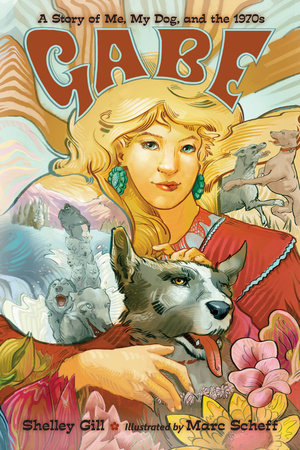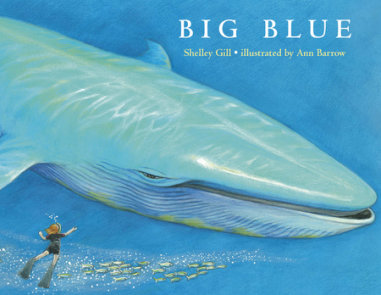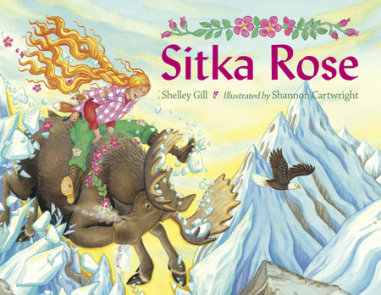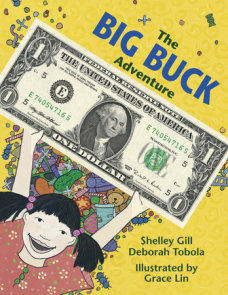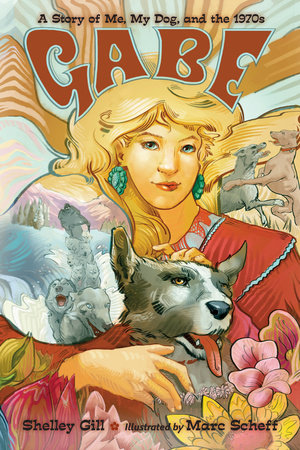

Gabe
By Shelley Gill
Illustrated by Marc Scheff
By Shelley Gill
Illustrated by Marc Scheff
By Shelley Gill
Illustrated by Marc Scheff
By Shelley Gill
Illustrated by Marc Scheff
Category: Children's Nonfiction | Children's Middle Grade Books
Category: Children's Nonfiction | Children's Middle Grade Books

-
$12.95
Apr 19, 2016 | ISBN 9781570913549 | Middle Grade (8-12)
-
Apr 19, 2016 | ISBN 9781607346456 | Middle Grade (8-12)
YOU MAY ALSO LIKE

Slide and Seek Shapes
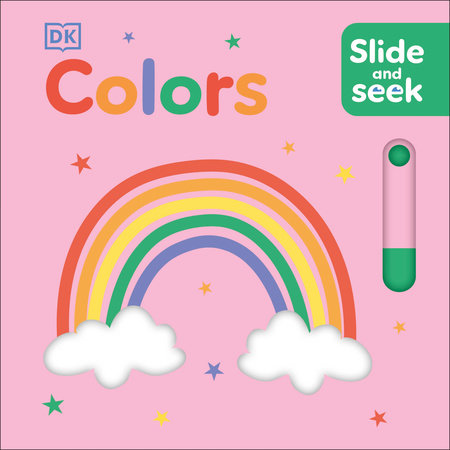
Slide and Seek Colors
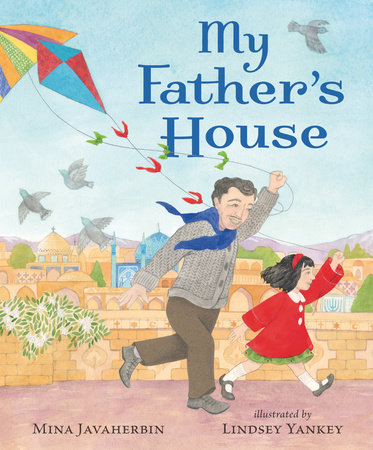
My Father’s House
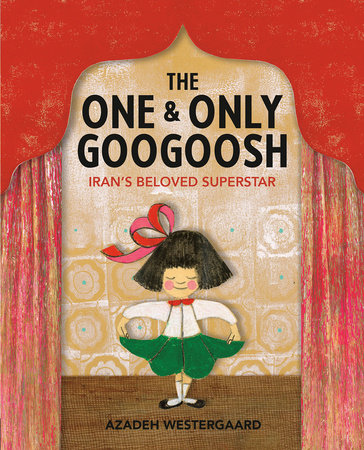
The One & Only Googoosh

Preteen Devotional for Girls

Every Body
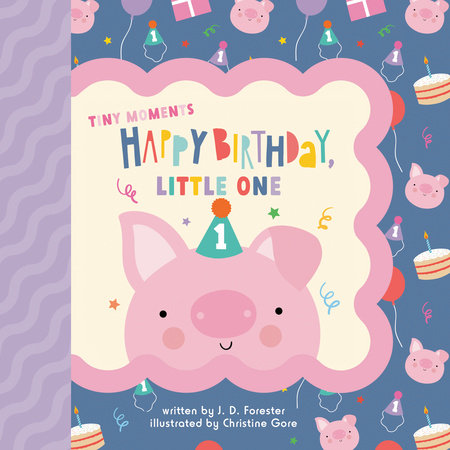
Happy Birthday, Little One

On Your Baptism Day

Whirligigs
Praise
Publishers Weekly
Over five brisk chapters, Gill (Alaska’s Dog Heroes) shares stories from her itinerant youth with an adoptive husky named Gabe as her steadfast companion. As readers follow Gill from city apartments to a Colorado teepee and the Alaskan wilderness, “big and wild and full of possibilities,” newcomer Scheff evokes the 1970s setting in dynamic full-bleed images that blend a whiff of psycheldelia with the sweeping lines of the Art Nouveau movement and a comic-book sense of dramtic action. Through it all, Gill’s relationship with Gabe is at the forefront; this as much a tribute to him as it is autobiography. It’s an undeniably unusual project–a middle-grade memoir in the form of an illustrated chapter book–yet Gill never talks down to her audience, whether mentioning the rampant drugs on the street in the 1970s New Orleans or a stint working illegally as a bartender. For readers beginning to realize that a conventional path may not be for them, Gill demonstrates the rewards of a life governed by a sense of adventure, a strong moral compass, and a dog at your side.
Kirkus Reviews
Just as Steinbeck took Charley on his travels, teenage Gill went with Gabe: “Home was where your friends were, so Gabe and I became each other’s home.” More in search of a satisfactory place to settle down than some nebulous America, Gill recalls leaving home at 17 and meeting the blue merle husky mix that became her canine companion in a first aid tent at a 1972 Rainbow Tribe festival in Colorado. From there, the two hitchhiked to New Orleans, then onward across the country before fetching up, ultimately, in Alaska. As a late, glancing reference to marriage and divorce indicates, Gill leaves a lot out, but what she includes strings both simple adventures and emotionally complex moments one after another into an episodic but loving tribute. She describes living in the French Quarter, where “overdoses and pistol-whippings by the police were common,” losing her beloved dog and then being joyfully reunited, raising a litter of husky pups abandoned by their mother, and, in later years, running an Iditarod and finally holding Gabe in her arms as old age takes him. The tale is printed on full-bleed color paintings that add considerably to their vividness by centering on the author’s independent, confident-looking figure and on a dog that, as often as not, is posed with teeth bared in a feral snarl. The story’s focus on Gabe, as cranky and independent as his human, makes for a surprisingly accessible introduction to the 1970s for middle graders.
School Library Journal
The saga began in 1972, as 17-year-old Gill administered first aid at a counterculture event called the Rainbow Gathering. When the crowds disperse, she was left with an unclaimed and injured dog, whom she dubs Gabe. This is an autobiographical account of Gill’s journey as she and her canine companion navigated the vast United States during the turbulent years at the end of the Vietnam War. Although the story may have been more successful with an older audience had it been told with more detail, it will be a fantastic supplement if used in conjunction with classroom discussions about the post-Vietnam era. Some of the references may be a bit adult for middle schoolers (e.g., hitchhiking, bad trips), while other allusions may simply be outside of the typical preteen frame of reference (e.g., Evel Knievel). Addressing this hurdle, the author provides contextual information at the back of the book, including simplified explanations of the Vietnam War, the civil rights movement, the women’s movement, and the meaning of the phrase Age of Aquarius. The illustrations are a fitting accompaniment to the text and exude a kaleidoscopic 1970s vibe. Gabe is no cute and cuddly pup and occasionally looks pretty terrifying. Nevertheless, animal lovers will appreciate the author’s attachment to her dog. VERDICT Although some of the themes may require explanation, this is a solid example of autobiography for younger teens. Times may have changed, but this tale of a young woman and her dog looking to find their place in the world will resonate across generations.
Booklist
With cover art reminiscent of a psychedelic rock poster, this illustrated memoir, full of rich color, is clearly rooted in the early 1970s. That’s when Gill, at 17, left home to begin a vagabond life that would take her from festivals in Colorado to dicey streets in New Orleans, concrete canyons in New York, and finally to Alaska. Centered around Gill’s dog–the titular Gabe–this story is one of countercultural adventure. Because of references to hitchhiking, break-ins, and drugs, this is ideal for teens–and even adults–interested in tales of alternative lifestyles and the turmoil of the post-Vietnam era. Scheff catches the roiling times and Gill’s obvious nostalgia with busy brushstrokes and captures Gabe’s ferocity and tenderness. This quick read, appealing to those who struggle with longer memoirs, will satisfy readers when Gill settles down in the snowy forty-ninth state, where Gabe’s wolf-dog tendencies are especially suited. The concluding pages, called “Signs of the Times,” explain Vietnam protests, the Age of Aquarius, and the Equal Rights Amendment.
21 Books You’ve Been Meaning to Read
Just for joining you’ll get personalized recommendations on your dashboard daily and features only for members.
Find Out More Join Now Sign In






